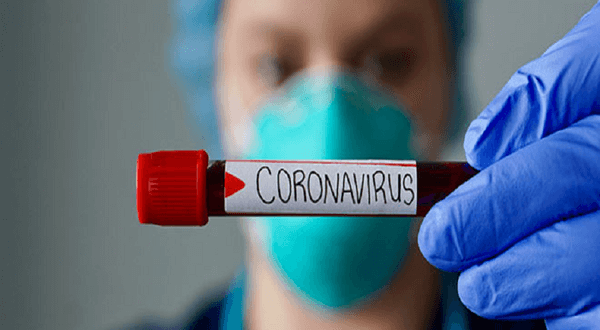Strategy Expands Testing for General Public, Frontline Workers, First Responders and Workplaces
| The Voice of Canada News As the province carefully and gradually reopens the economy, the Ontario government is implementing the next phase of its COVID-19 testing strategy to detect and quickly stop the spread of the virus. Testing will now be available to more people in more locations across the province. Today, Premier Doug Ford and Christine Elliott, Deputy Premier and Minister of Health, released the next phase of the province’s COVID-19 testing plan, Protecting Ontarians Through Enhanced Testing, which includes three branches of testing: Assessment Centre Testing: expanding who gets tested to now include asymptomatic individuals concerned about exposure and continued routine symptomatic testing at assessment centres. Targeted Campaigns: detecting and containing cases by expanding asymptomatic surveillance for vulnerable populations, including in long-term care homes and other shared living spaces like shelters and group homes, as well as targeted testing of workplaces in priority sectors which work with priority populations and where it may be difficult to physically distance.Outbreak Management: testing to ensure rapid and agile response capacity for outbreak management, including in specific neighbourhoods and regions or at hospitals, institutions and workplaces.”Ontario now has the most open and robust testing criteria in the entire country. In fact, anyone who feels they need a test will be able to get a test,” said Premier Ford. “We can’t manage what we can’t measure, and our newly expanded testing strategy is our best defence against stopping the spread of COVID-19 as we gradually and safely reopen the province. More proactive testing will give employers and their employees’ confidence as they return to work and will fortify our alert system for any potential surge in new cases.”Together, these branches of testing will support Ontario regions’ extensive efforts to reduce the rate of transmission, also known as instantaneous reproduction number, or Rt. To help enable increased access to routine symptomatic testing, people will no longer need a referral to go to any of the more than 130 assessment centres across Ontario. Information about the assessment centres is now easily accessible on Ontario’s dedicated COVID-19 website.”The significant expansion of testing of symptomatic and asymptomatic individuals will go hand in hand with public health units’ ongoing contact tracing and case management efforts to stop the spread of the virus and keep our families and our communities safe,” said Minister Elliott. “I just want to caution people, although your test may be negative, you must continue to practise physical distancing, wear a face covering when physical distancing is a challenge, and wash your hands regularly. These simple actions will help keep everyone safe and healthy.”Ontario will also expand proactive surveillance testing to detect outbreaks and more actively monitor any spread among our most vulnerable populations in hospitals, long-term care homes, group homes, shelters, emergency child care centres, correctional facilities and other shared living spaces. This will include testing of symptomatic and asymptomatic residents and frontline staff in long-term care and retirement homes, as well as those working with priority populations, including first responders, essential workers and other workplaces as the economy gradually reopens. Moving forward, the province expects that private-sector workplace testing will leverage private and public resources as the government work with private-sector employers to develop the appropriate models for each sector and workplace. Further proactive surveillance testing will also be conducted in rural, remote and Indigenous communities. In response to a declaration of an outbreak in a specific neighbourhood, region, institution or workplace, the province is also developing agile testing resources, such as mobile testing teams, that can be rapidly deployed to communities across Ontario to enhance existing outbreak management. Ontario will also soon release a renewed strategy to support public health units with case management and contact tracing, including launching a new exposure notification app that will alert Ontarians when they may have been exposed to COVID-19 and would recommend appropriate actions, such as monitoring for symptoms, self-isolation and/or appropriate next steps on getting tested. |
| QUICK FACTS On May 14, 2020, the province expanded its testing guidance to include a broader range of symptoms for all populations and to help guide decision-making on testing of priority population groups. To get tested, people should visit Ontario’s website to find their local assessment centre and whether they need to call ahead to make an appointment. No Ontarian will be declined a test at an assessment centre (either through appointment or walk-in, per the processes of each individual assessment centre), especially those who are symptomatic or who are concerned they have been exposed to COVID-19. Ontario continues to lead large Canadian provinces in daily testing volumes, and to date, has completed 680,687 tests, with 69,318 tests completed since May 24, 2020. Ontario has a province-wide network of more than 20 laboratory sites working in coordination to further increase capacity and test turn-around times for COVID-19 testing. |





